Lara Croft and the curse of the video game movie: Why Tomb Raider failed
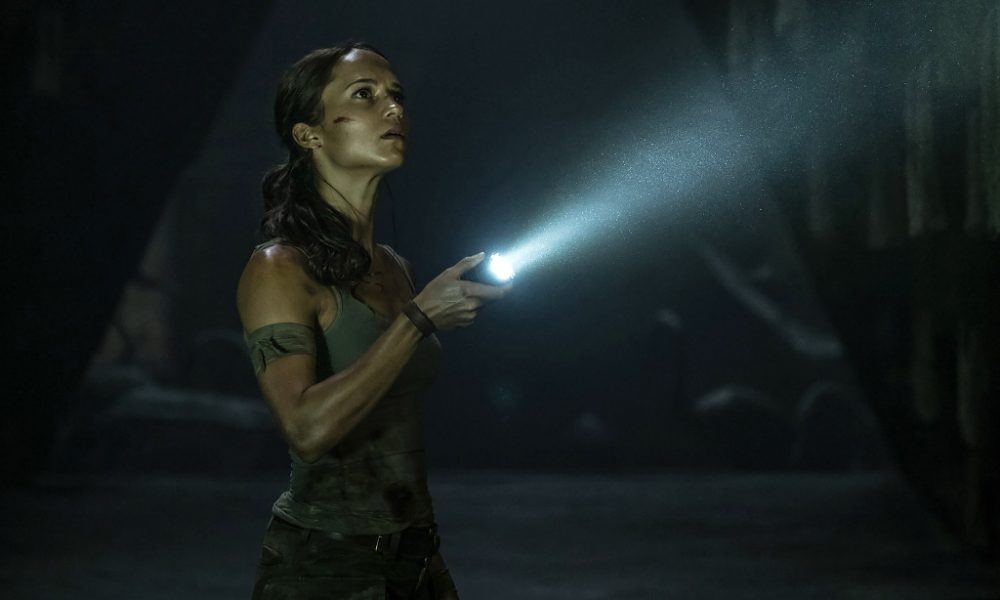
Video game and pop-culture icon Lara Croft (played by Alicia Vikander) made her cinematic comeback at the weekend with Tomb Raider. Armed with a bow, this Lara took inspiration from her video game counterpart from her 2013 reboot, which the film was also heavily influenced by: an adventure on the lost island of Yamatai in search of the tomb of an ancient Japanese queen.
Unfortunately, Tomb Raider was met by an underwhelming critical reception, scoring only 43 on Metacritic and 50% on Rotten Tomatoes at the time of writing. For years, video game movies have garnered a reputation for being terrible ever since Super Mario Bros. was released in 1993. While Tomb Raider never reaches the level of any Uwe Boll adaptation (arguably, Tomb Raider is one of the best), it still falls short of the source it’s based on. In his review for ScreenCrush, Matt Singer admits that he’s unable to place his finger on why video game movies fail, but the answer isn’t so hard to see, especially if you’ve played the game.
The biggest difference that separates video games from other art forms is their interactivity; being a player is a physical experience where one has a tangible connection to the character and consequently can be more invested in the narrative. Games studies scholars such as Derek A Burrill, Rune Klevjer and Carol Collins have highlighted that the player’s avatar serves as a virtual extension of the person into the gameworld, and this is where the biggest problem with the film lies. In the game, a player goes on a journey as Lara as she is put through a harrowing ordeal. At the start, the character stumbles around with every jump being a frantic scramble for life, but through improving our own skills with continued gameplay and acquiring new skills and equipment for Lara, it’s like we have gone on the same journey as her. Whilst at the start hunting deer was the biggest challenge, by the final hours we’re able to easily shrug off waves of formidable foes.
None of this is present within the latest movie. Not only because we no longer have that tangible connection between ourselves and Lara, but because the heroine is already a capable survivor at the start of the film. We see she’s a highly trained fighter, a daredevil cyclist and an expert in parkour. By the time she even sets foot on the island, there’s nowhere for her character to go to become the hardened adventurer, thereby quashing the strong character arc given to her in 2013.
Moreover, it’s important to realise that video games are long, often taking over 20 hours to complete. Understandably, not everything can be crammed into a two-hour film so we’re left with an abridged retelling of the protagonist’s story with a new spin put on it. Instead of travelling to Yamatai with a full crew on a funded expedition, for instance, Lara travels there in her father’s footsteps, accompanied by only the sailor who took her to the island (Daniel Wu). Herein lies the second problem: there’s not enough time given to characters and plot.
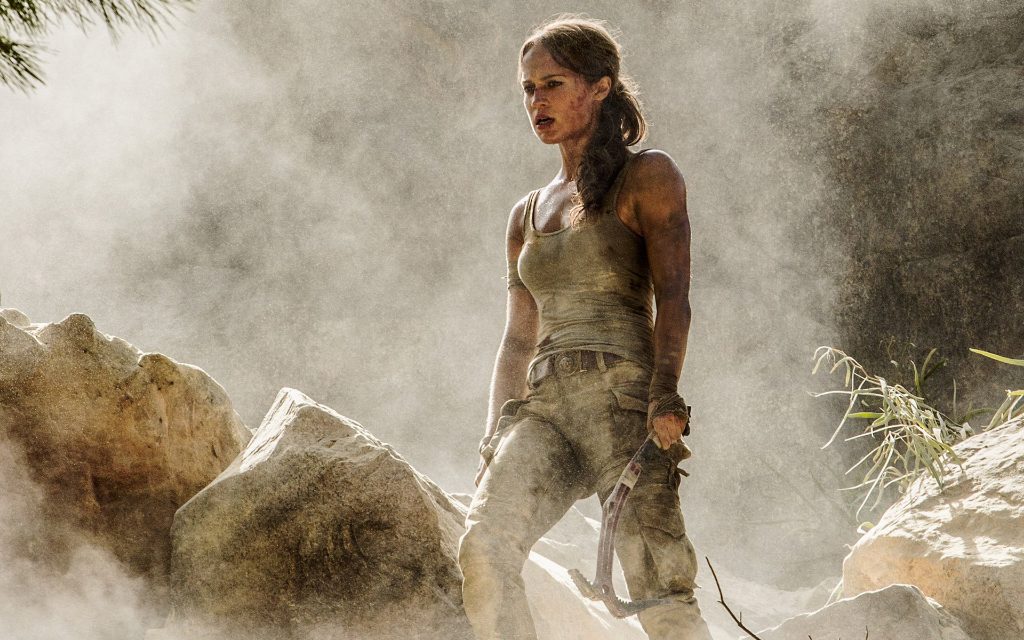
With a large adventure to tell in a fraction of the time it takes to play the game, Tomb Raider uses a lot of exposition to relay the information we need from the start about who the ancient queen is, who Trinity (the villainous militant group in the game and film) are, and Lara’s relationship with her father. Long gone is the chemistry between the protagonists and her companions seen in the game. Whilst Vikander and Wu do share some moments together when they first meet, this relationship is essentially trivial and quickly cast aside to focus on the main plot. Consequently, we’re not given the chance to really get to know anyone onscreen, which makes becoming invested in these characters difficult. However, the biggest impact of the time constraint is on the intrigue of the adventure itself. The series has always been about exploration and discovery, so when we’re spoon fed everything at the start, the pleasure of uncovering hidden secrets is lost insofar as by the time the actual twist is revealed, it comes across as undeserved. Could you imagine if Raiders of the Lost Ark just gave us all the answers at the start?
While not being the worst video game film ever made, Tomb Raider still falls victim to the curse of such adaptations. Given that cinema and video games are two completely different ways of telling stories, perhaps we should now ask if it’s possible to make a truly great video game movie.
Andrew Murray

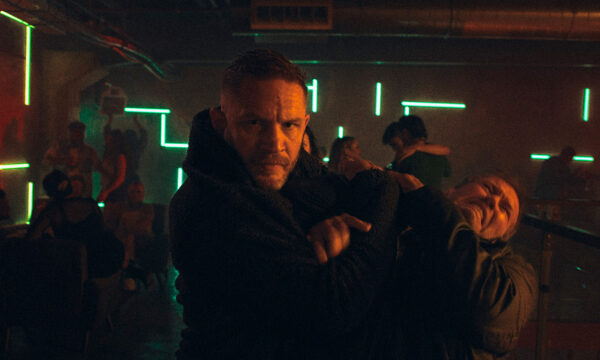
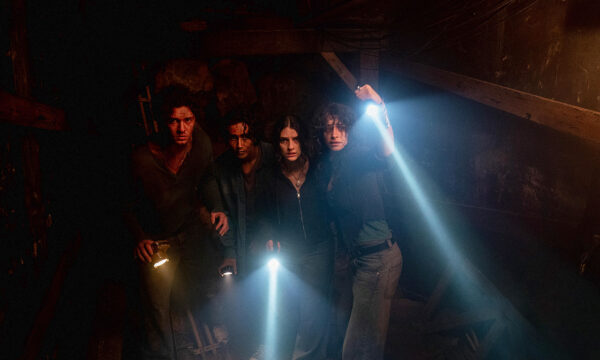
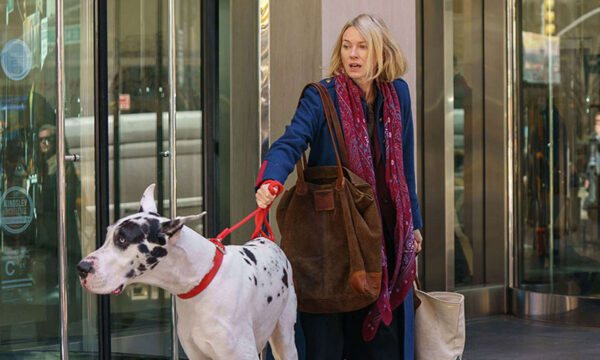
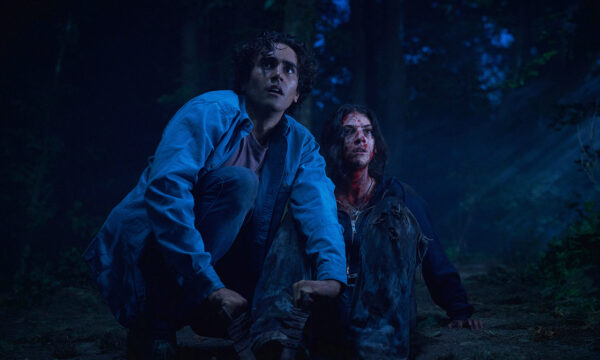
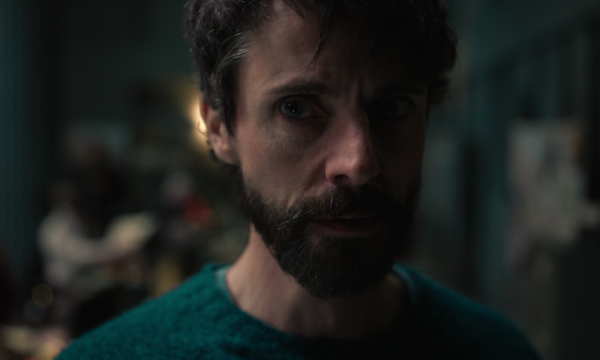
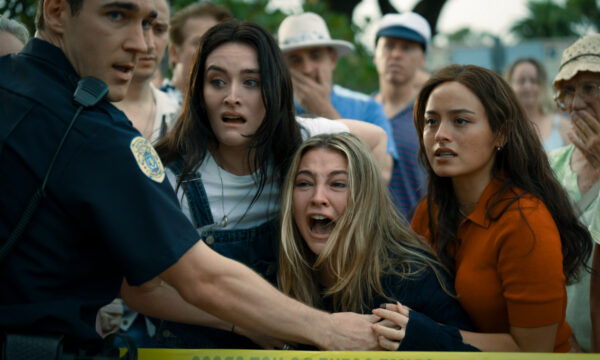

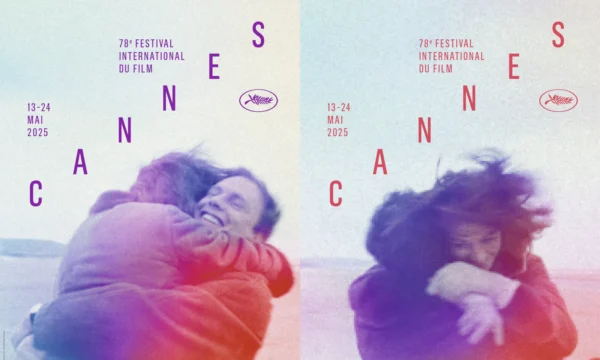
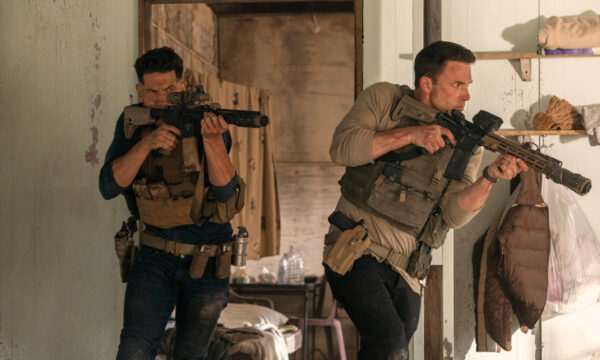













Facebook
Twitter
Instagram
YouTube
RSS